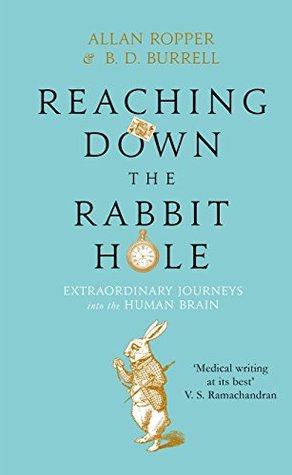More on this book
Community
Kindle Notes & Highlights
Read between
October 30 - December 5, 2019
The interdependency that is built into a modern hospital, our reliance on checklists, hierarchies, consultations, and each other, protects us individually from taking all of the blame when things go wrong. We can and do make mistakes, but in theory someone is there to catch and correct them. In practice, the system of checks and balances can fail at every level, and a low probability event, a succession of unlikely failures, can be set into motion.
By the dictates of the scientific method, we are obliged to seek evidence to disprove our assumptions rather than verify them. If you have a theory, you are not supposed to fixate only on the evidence supporting it. Admittedly, you will rarely see Sherlock do this on Masterpiece Mystery! The Holmesian thrill lies in instantly seizing on the right explanation from the barest facts. What Holmes should be doing, and what Dr. Watson usually suggests, is exploring other possible explanations. Instead of assuming that he’s always right, Watson might say, “Just this once, consider the possibility
...more
Deductive reasoning, as opposed to inductive reasoning, is what detectives and diagnosticians should be doing. Deduction works from general facts toward specific conclusions. If the “facts” really are facts, the conclusions have to be true. But induction—a quicker and much more practical method of reasoning that everyone uses every day—can lead to errors. That’s because an inductive process infers a conclusion, but doesn’t prove it.
Imagine two scenarios. In one, the viewer, perhaps yourself, sees a dog being hit by a car, being thrown thirty feet to the side of the road, where it lies motionless, probably dead. In the other, you watch a fly land on a countertop, where it is swatted and effectively crushed. Most definitely dead. Why do we agonize over the dog but not the fly? The philosopher says, “Because the dog is conscious and the fly is not.” How do we know? Because the dog has eyes that look at you. The secret to consciousness is in the eyes. If the creature has humanoid eyes and it looks at you, then it is
...more
The moment I pulled Mike’s lids up to check the reaction of his pupils to my flashlight, I knew that he was dead. No tone, no resistance in his eyelids, well beyond the sleeplike state of coma.
Remember, an overdose of barbiturates will make you look absolutely dead—no pupils, no eye movement, no vestibular ocular reflex, no calorics, no EEG, nothing—until you crawl out of the grave. So until you know with reasonable certainty that there are no drugs, that there has not been any severe hypothermia, and the criteria are fulfilled, don’t pronounce anyone dead.
did not want to be fooled by an artificial death created by the medications that doctors use to facilitate intubation.
Shifting your weight is something you do when the worst part of your day is ahead of you rather than behind you.
That diagnosis is transformative. The same warm body from ten seconds ago undergoes a state change, much like the transition of a liquid into a solid, and once pronounced officially dead, is entitled to all the rights and privileges thereof, which is to say, none whatsoever. When you are dead you cease to be a person, and you become an object. You no longer have possessions, a future, even a present, only a past.
The cranial nerves are key because they come out of the brain stem segmentally, and the big question is: is the brain stem involved? That’s why we begin with the eyes. The eyes are the secret to unconsciousness. We can’t test smell in these patients because that requires cooperation. Remember that smelling salts do not test smell; they test pain, the fifth cranial nerve. You can test everything else, but do you? You don’t have to. The eyes include cranial nerves 2, 3, 4, and 6, so you can go from 2 to 6 just by looking at the eyes. Whether the person gags or swallows when you move the tube
...more
Sliding a tube up and down the trachea is one of the most noxious stimuli that can be applied to any live body, so noxious that it stimulates certain obligatory reactions. Awake but paralyzed persons tear profusely. Comatose people flinch and cough weakly. The dead are dead to it,
the brain death exam. This involves a sequence of tests designed to confirm a suspicion that the brain is not working on any level. There are five features that confirm a diagnosis of death by brain criteria, a few surrogate features that accomplish the same task, and a few that exclude the diagnosis. If you get a perfect score on the brain-death examination—five yeses—you can officially pronounce the patient as dead as Jacob Marley: as dead as a doornail. There is no other neurologic situation in which you would push a body to the extremes that these tests require, in particular, shutting off
...more
We don’t call it “brain death.” We call it “death by brain criteria.” To use the term “brain dead” confuses the public because they ask the question: “If it’s only brain death, what is alive? Are the kidneys alive?” I don’t use the term alive with regard to the kidneys or the skin. The person is in the brain, and virtually everybody in every culture agrees with that. It’s death, just like death by cardiac criteria. Our job is to make sure that people don’t abuse it.
Knowing when someone’s alive and knowing when someone’s dead: it’s one of the most important jobs that doctors do. If we can’t do that, we can’t do anything.


